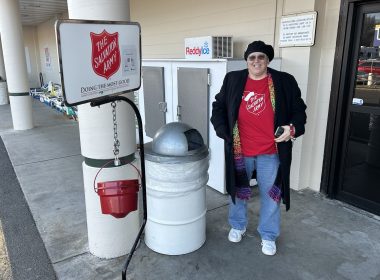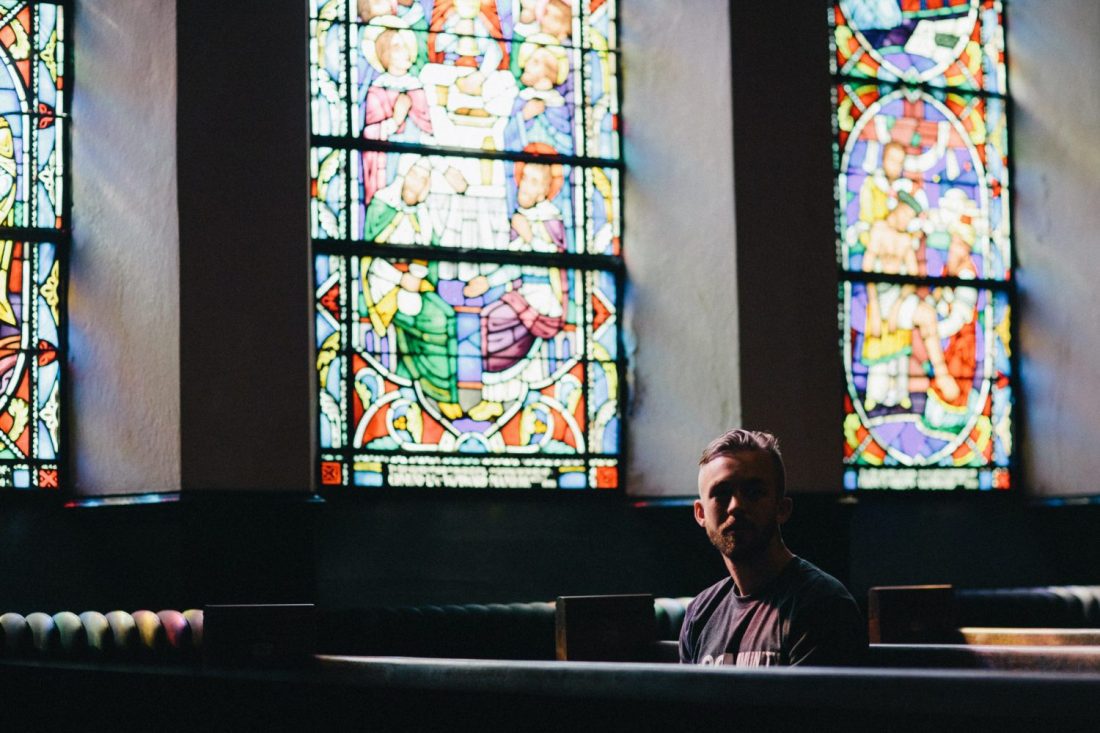Before any history-making transition, a few common traits emerge. Right before most movements, the following almost always occur:
- People are afraid to ask out loud big, important questions.
- Polarization and a sense of nostalgia escalates.
- Disconnected grassroots experiments take place on the margins.
Before the movement there are sustained moments when all feels lost, when something feels impossibly broken, when confusion and fragmentation seem to be the norm. A hazy cloud of anxiety seems to pervade the lives of more and more everyday people. We want to know if we’re the only ones asking these questions, having these doubts, longing for reasons for hope.
Does this sound familiar? Are we closer to a breakthrough movement or have we just begun the meltdown?
As more and more everyday people struggle to hope, those of us following Jesus must ask: How do we embody news that is so good it draws the attention and longing of our neighbors? At the moment when so many of our neighbors seem to be most in need of a local church, do we have the imagination and clarity of vision to answer the ancient call to be the people of God who are blessed to be a blessing (see Genesis 12:2-3)?
Along with some incredible colleagues, I’ve been privileged to spend the past 10 years in hundreds of neighborhoods listening to stories of hope. I’ve sat in dark pubs late at night and in bright kitchens at the crack of dawn. Over the years I’ve slept on more couches than I care to count. My travels have taken me to gritty urban neighborhoods, cozy suburban towns and tranquil rural villages. I’ve talked to trust-fund hipsters, Black Lives Matter activists, self-described rednecks, accomplished scholars in their eighties and idealistic teenagers. Hopeful stories of transformation are popping up everywhere as ordinary people discern what it could mean to be the church in everyday life. A groundswell of momentum is gaining traction just in time to counter our cultural moment of fragmentation and confusion.
If you doubt me, I can’t blame you. After all, religious journalists won’t cover most of these stories because they don’t know where to look. Most pastors won’t see it because they’re focused on their own congregations. To witness what’s actually happening, we need to walk a few streets, ask plenty of questions, and be on the lookout for what God is doing in our everyday lives. If we look at the headlines, all we see is meltdown; when we get on the street it feels more like a movement.
We are at a tipping point for the church, at least for the church in North America. In all sorts of environments, when I have asked people about what the church or its purpose is, I’ve gotten such diverse answers that I wonder if the practical imagination of the church is essentially up for grabs.
On the one hand, millions of mostly young people are giving up on the church. It just doesn’t make sense to them, and as a result are placing their attention, hope and time where they believe more change can happen. On the other hand is a movement that could sound an awful lot like “Make the Church Great Again.” But, both of these impulses make a profound mistake in asking questions about the church before asking questions about what God is doing. Ironically, the more obsessively we focus on the church, the harder it is to focus on God, who is making all things new and is active in our everyday lives.
When I say the experience of church is up for grabs, I’m not talking about how we feel when we attend a Sunday gathering. I’m talking about how everyday people imagine what the church is all about. From conservative evangelical churches in small Midwestern towns to mainline churches in bustling San Francisco, from 200-year-old establishments in New York to 2-month-old church plants in New Mexico, a crucial question is rising: Rather than occasionally attend a service, how do we become the visible body of Christ in our everyday lives? I’m convinced God is prompting us to ask this question as well.
We are being shaken up to follow God into a bold new future where our faith guides our entire lives. It shapes our neighborhoods, cultivates an entirely new imagination for how we live, and draws us together when everything else seems to be tearing us apart.
Taken from “Everywhere You Look: Discovering the Church Right Where You Are” by Tim Soerens. Copyright (c) 2020 by Tim Soerens. Published by InterVarsity Press, Downers Grove, IL. www.ivpress.com
Do Good:
- Read “Everywhere You Look: Discovering the Church Right Where You Are” (InterVarsity Press, 2020) by Tim Soerens.
- See how you can get involved in the Fight for Good with The Salvation Army today.
- Did you know The Salvation Army served more than 23 million Americans last year fighting hunger, homelessness, substance abuse and more—all in a fight for good? Where can you help? Take our quiz to find your cause and learn how you can join in today.













Comments are closed.